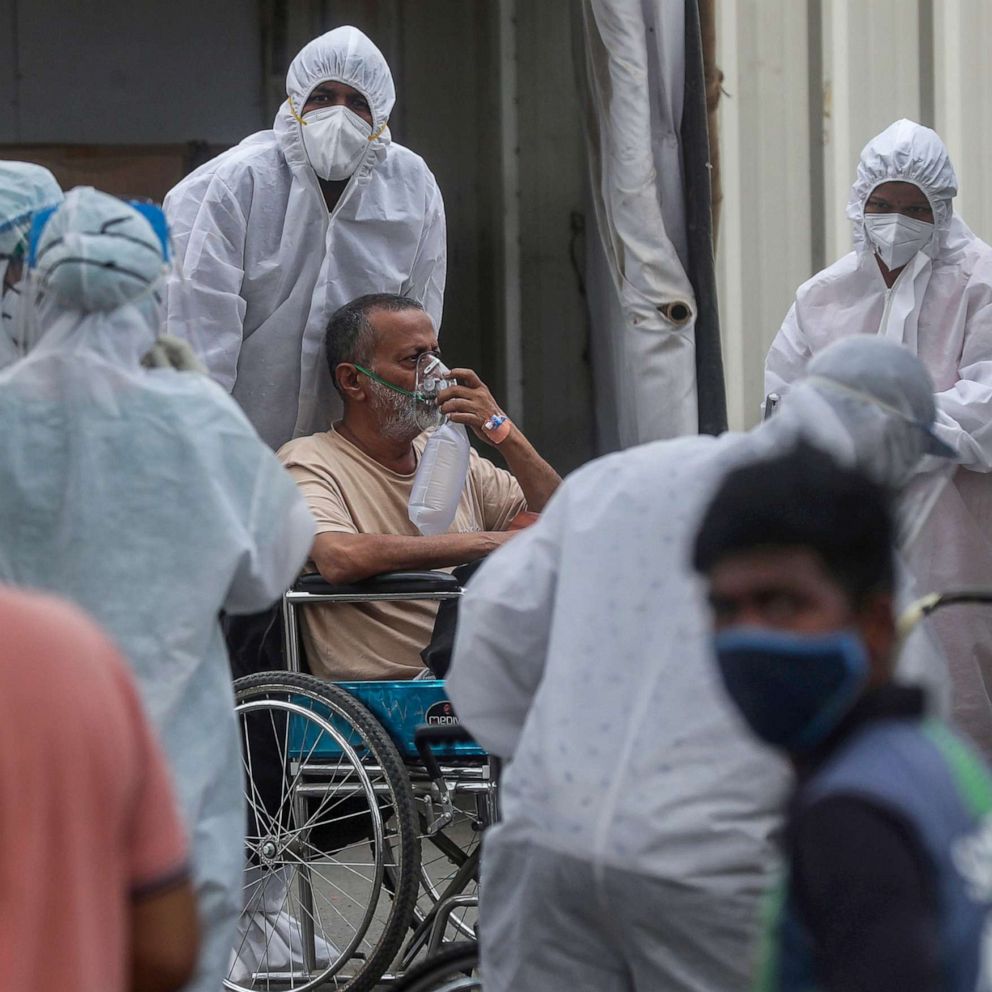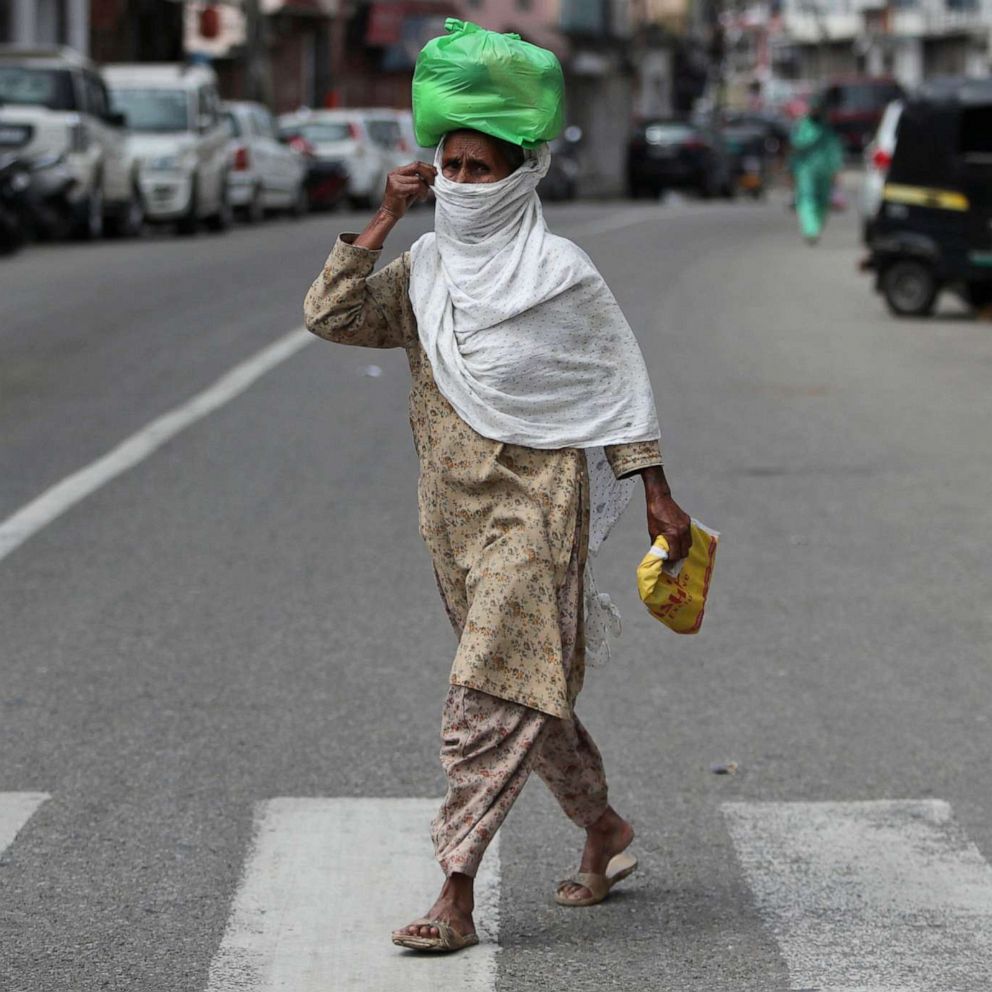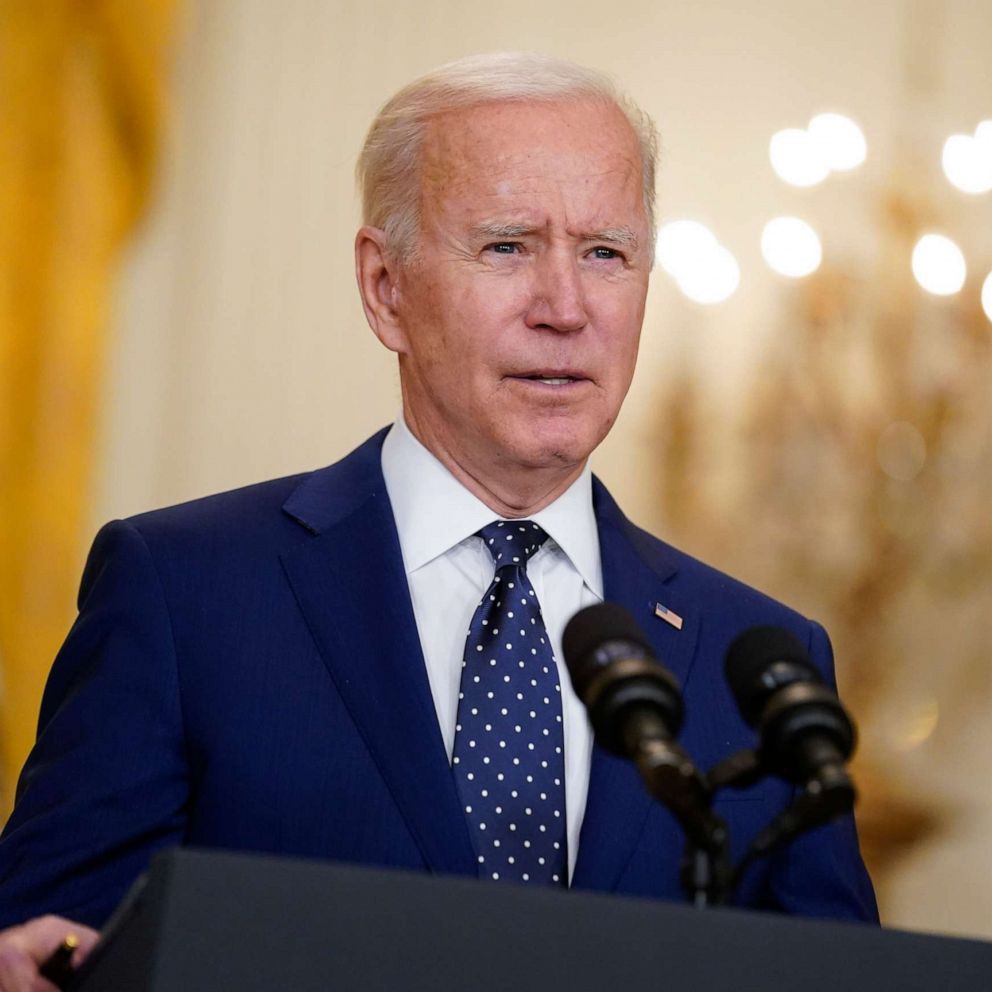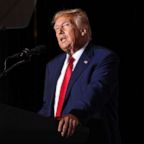A 'complete collapse' of preventive health: How India's 2nd COVID wave exploded
While the second wave wasn't avoidable, its scale was, experts say.
India is caught in the throes of a ferocious second wave of coronavirus, with the nation's health authority reporting 360,960 new COVID-19 cases on Wednesday alone, the seventh consecutive day with over 300,000 new infections.
"The exponential growth that we've seen in case numbers is really, truly astonishing," Maria Van Kerkhove, the World Health Organization's COVID-19 technical lead, said during a Monday press briefing. "We have seen similar trajectories of increases in transmission in a number of countries, [but] it has not been at the same scale, and it has not had the same level of impact and burden on the health care system that we've seen in India."
Hospitals are overflowing, oxygen supplies are dwindling and ceaseless fires burn at crematoriums and makeshift funeral pyres, where families have been forced to forgo traditional ceremonies to make space for more bodies to be cremated.
"The situation in India is beyond heartbreaking," said Dr. Tedros Adhanom Ghebreyesus, the WHO's director general.
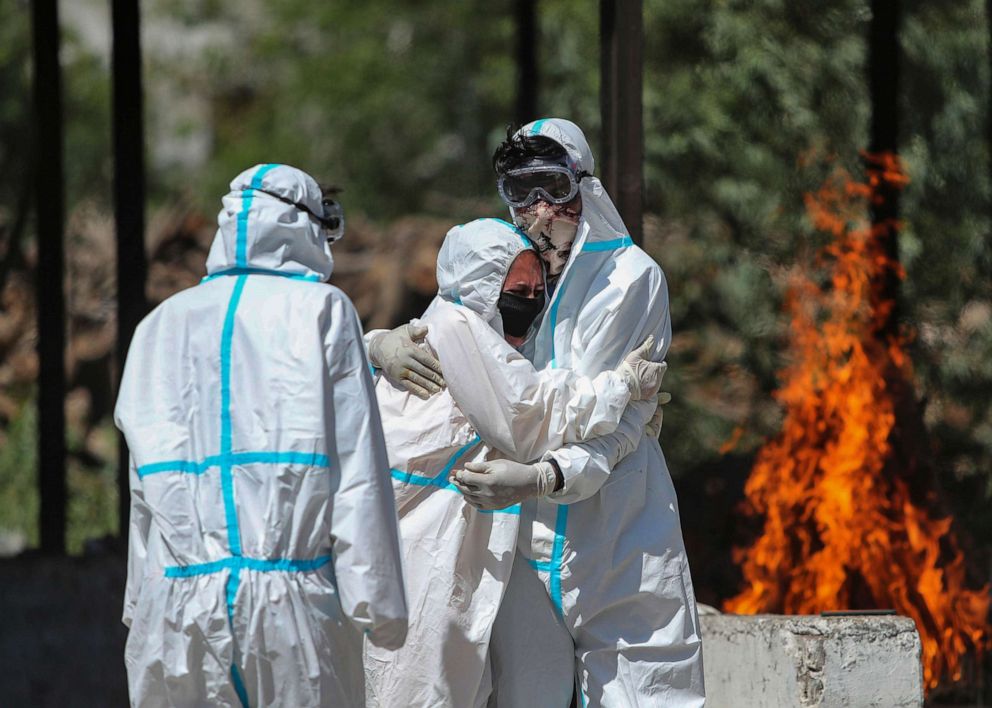
Perhaps most startling of all has been a collective sense of whiplash. As late as February, India was considered a COVID-19 success story, with experts hypothesizing that declining infections might be due to India's warm climate, young population and high population density, which some speculated might have given residents a form of natural immunity.
Those hypotheses fell apart in recent weeks. "The narrative that India defeated COVID led a lot of people into a false sense of complacency," said Ramanan Laxminarayan, an economist and epidemiologist who founded and directs the Center for Disease Dynamics, Economics & Policy.
"The second wave was not avoidable, but the scale of it and the lack of preparation could have been avoided," he said.
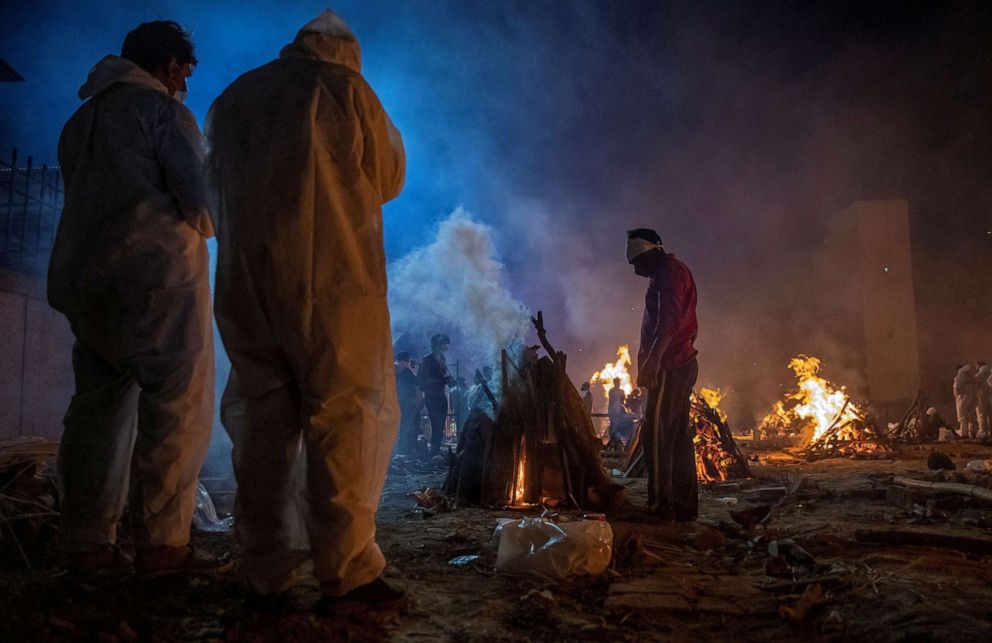
Even the grim official numbers are likely a dramatic underestimation of India's actual infection and death toll. Daily infections, which topped 350,000 last week, combined with a test-positivity rate of more than 20%, "says to me that the true number of infections is maybe three times that," Dr. Ashish Jha, dean of Brown University's School of Public Health, said during a panel discussion on India's second wave on Tuesday.
"If you ask me how many people are actually getting infected in India every day I would say it's at least a million," Jha said. Deaths, he estimated, are more likely around 12,000 to 15,000 per day as opposed to the official death toll of 2,500 to 3,000 daily deaths.
"There is so much evidence that the true number is substantially bigger than that," he said.
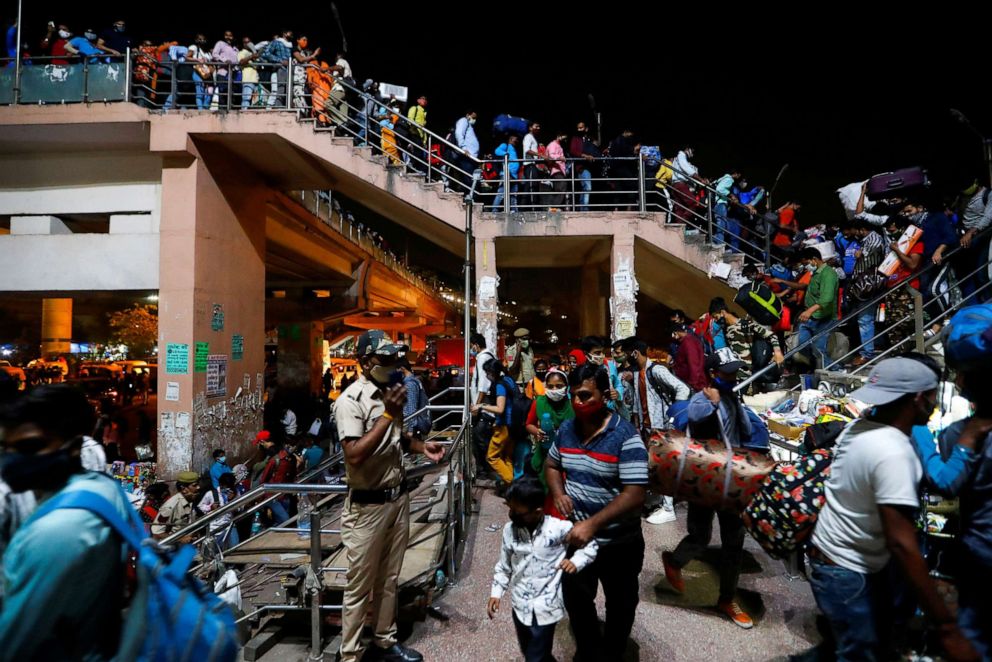
'A complete collapse of the preventive side of public health'
Last year, Prime Minister Narendra Modi instituted a national lockdown of India's more than 1.3 billion people, which had dire economic and human rights consequences, particularly on migrant workers, but also put a lid on the first wave, according to Laxminarayan.
"Once the lockdown was lifted, things started going back to almost normal," said Keerty Nakray, a professor at Jindal Global Law School in India. "There was a complete overlooking of social distancing norms. Masking and all of that was not taken seriously."
Restrictions were lifted in various states and schools started reopening in recent months. Testing has been shoddy, with slow turnaround times and stigma surrounding testing positive for COVID-19. Now tests are hard to come by and there are bottlenecks at diagnostic companies, meaning people who are sick don't know it and likely aren't isolating.
As a public health researcher who visited hospitals, Nakray said she could see that people were letting their guards down. She felt like she was the only one wearing a mask. "There was a certain sense of political jingoism," she remembered. "We have beaten it and we don't need to worry about a second wave, because it's affecting countries whose demographic composition is very different than ours."
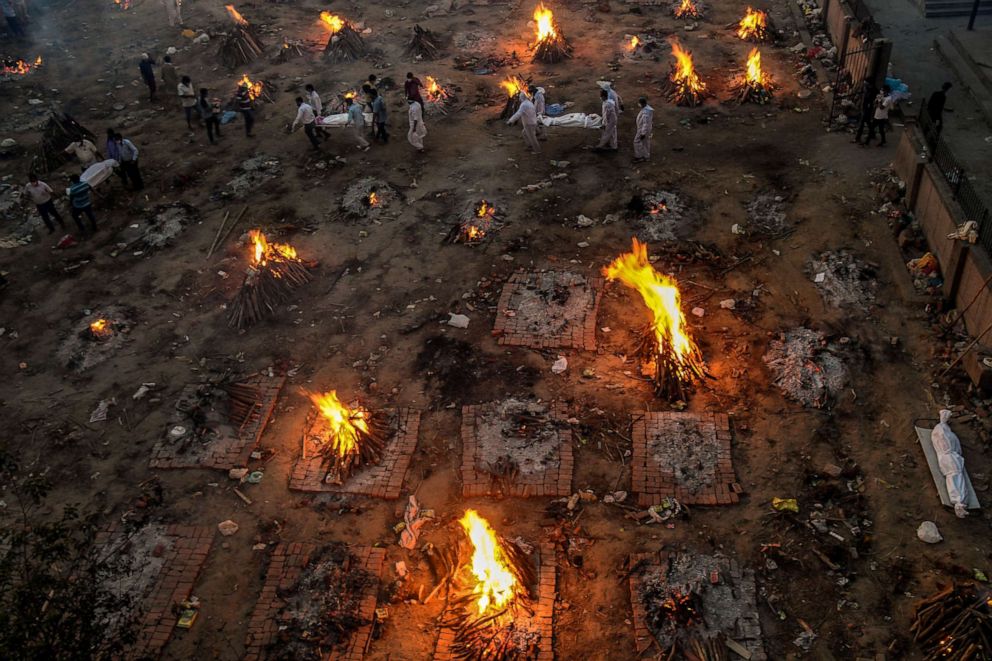
That attitude trickled down from the highest levels of government. "Predictions were made that India would be the worst-affected by the coronavirus in the world," Modi said during a speech at the World Economic Forum in January. "Today, India is among those countries that have succeeded in saving the lives of its citizens."
As cricket matches, religious gatherings and weddings resumed, Modi held political rallies with thousands of unmasked attendees. Earlier this week, Modi took a more cautious tone, urging Indian citizens to get vaccinated during a Sunday radio address. "Our spirits were high after successfully dealing with the first wave," Modi said. "But this storm has shaken the nation."
"There was a complete collapse of the preventive side of public health," Nakray said.
The message that the virus had been defeated permeated the system, Laxminarayan said. "The health care people are not ready. No one's procured the oxygen. No one's gotten any sort of preparation done," he said. "When the virus came back, the system was wholly unprepared."
That lack of preparation extended to vaccinations. Although India is among the world's biggest suppliers of vaccines, it has struggled to ramp up its own vaccination program. As of April 27, less than 2% of the population was fully vaccinated against the virus, according to Our World in Data.
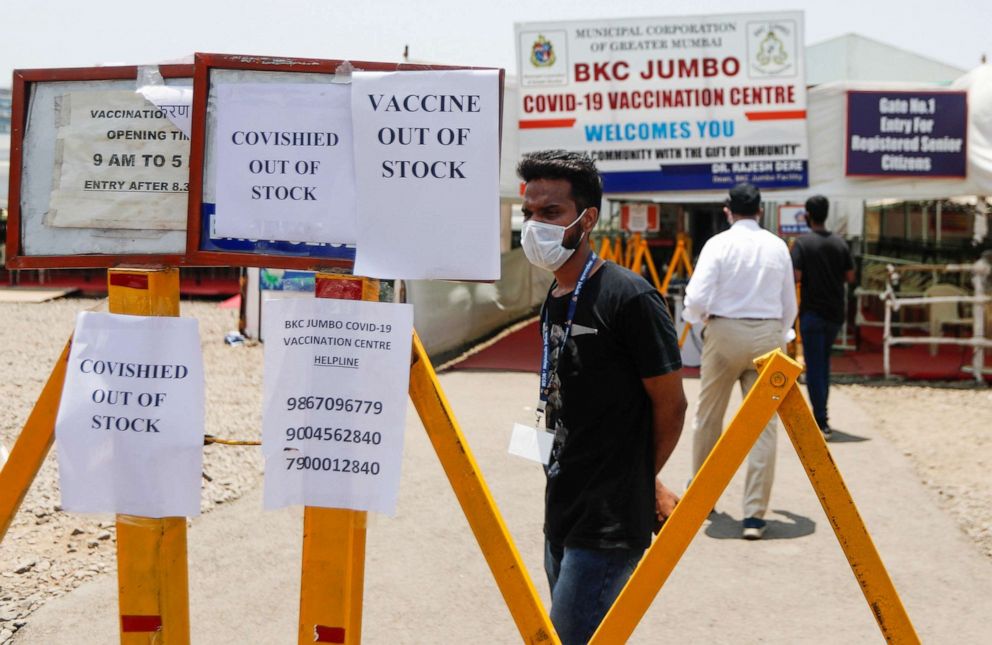
"There was this kind of self-confidence and hubris," said Prerna Singh, an associate professor of political science at Brown University, who is working on a book about infectious disease control in India and China. "India is exporting vaccines to other countries, all of which is amazing and laudable and necessary, but there was no consistent vaccine drive in India."
But even as they foresaw a second wave approaching, the experts who had been clanging alarm bells didn't expect it to hit so hard and fast.
"I anticipated very negative consequences," Nakray said. "I didn't think that it could go this far."
COVID-19 comes for India's middle class
In addition to the second wave being much bigger than the first, infections and deaths were concentrated among India's urban poor during the first wave, Laxminarayan explained. Many weren't tested for COVID and those who were sick often didn't make it to a hospital, meaning they weren't counted in official COVID-19 statistics. The first wave "was not visible to people in urban India," Laxminarayan said of middle- and upper-class communities. During the second wave, infections and death are everywhere.
"I know of five people who have died within the three blocks around me," said Bilal Zaidi, founder of Our Democracy, a social and political crowdfunding platform, who lives in Delhi. "This time you can actually put faces to the people who are dying."
Among his own relatives, about 20 of whom live in the city, roughly 17 have had COVID, including Zaidi, who had a mild case himself in December. "So far, they've survived," he said of his family members who have been sickened.
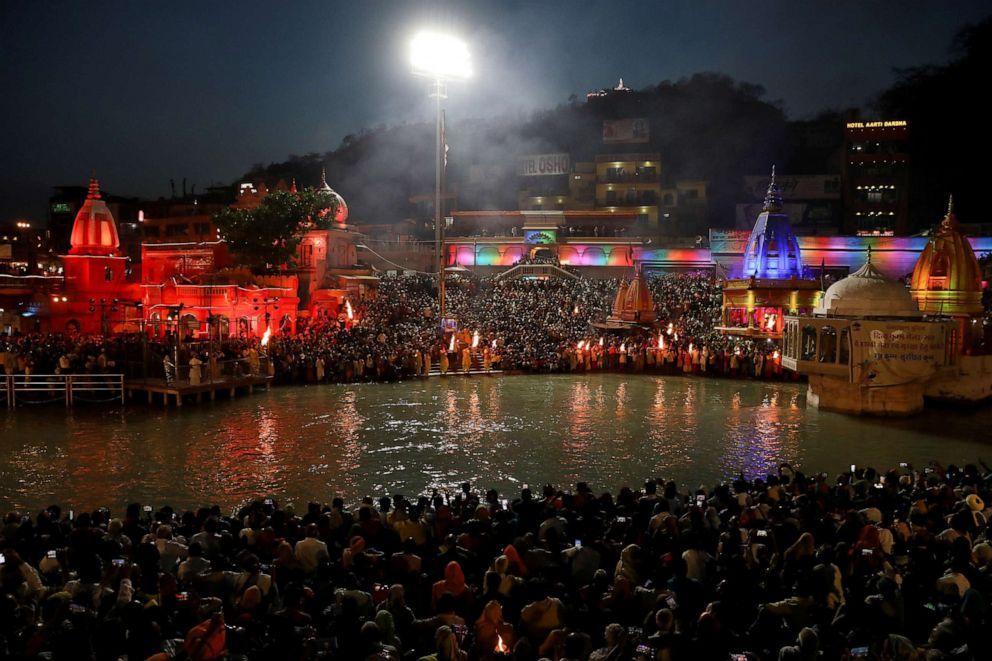
For Nakray, the second wave deeply affected her students, especially those who had relatives die. "I've never experienced this sense of grief amongst very young people," she said.
At the end of last year, both of Singh's parents were hospitalized with COVID and she helped coordinate their care, including making sure they had access to treatments like remdesivir and antibiotics. "For us, it was never a question that they were not being able to get access to the best treatment that there was," Singh said.
"But now, patients are being asked to sign documents to acknowledge that they will not get oxygen if there isn't any oxygen," she said. "To me, the kind of political construction of this tragedy is just unforgivable."
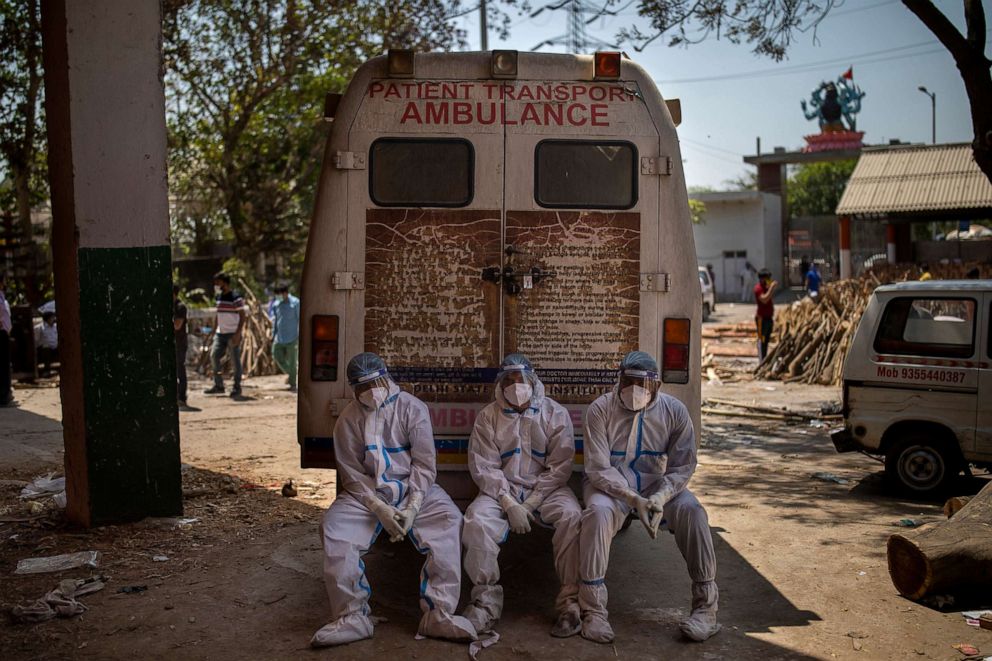
Dr. Asiya Kamber Zaidi, who is not related to Bilal Zaidi, works at a large government hospital in Madhya Pradesh, in Central India. Limited hospital resources and an overwhelming number of patients who need intensive care have forced them to triage, a decision-making process usually reserved for "mass casualties and disasters and war," Kamber Zaidi said. "Now we have to use it for hospitals."
They've had to turn patients away or refer them to other hospitals if there are no available beds. Matters are made worse because patients are panicked, Kamber Zaidi explained. Even those who don't need oxygen want it, because they fear being without it if their disease worsens.
"After our shifts, the phone never stops ringing," she said. Family members testing positive. Requests to help arrange beds and oxygen. Loved ones dying. "It comes to a point that it has taken a toll. It's been more than a year."
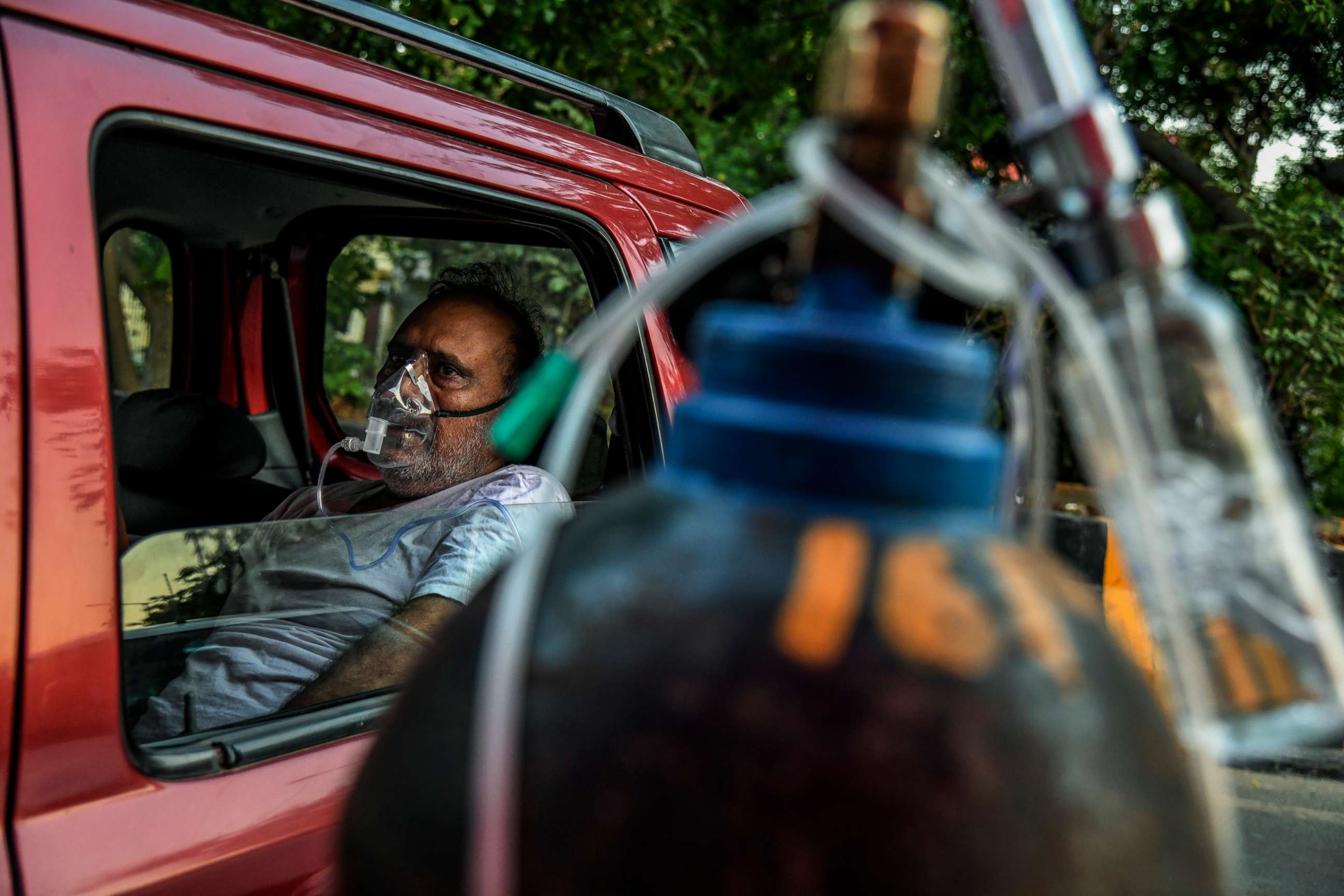
With Delhi now back under lockdown, the families Bilal Zaidi knows aren't just sick, they're suffering financially. Their savings are gone and some are still waiting for jobs they lost during the first wave to come back.
In the meantime, if the virus continues to spread unchecked in India, new variants will continue to emerge experts warn, which presents a threat not just to India, but to the world. Expanding vaccination efforts is more pressing than ever, Laxminarayan said.
"That's really the main way out," Laxminarayan said. "India is not going to exit COVID for another two years if we proceed with vaccinating at the rate we're doing right now."
ABC News' Christine Theodorou and Cheyenne Haslett contributed to this report.
